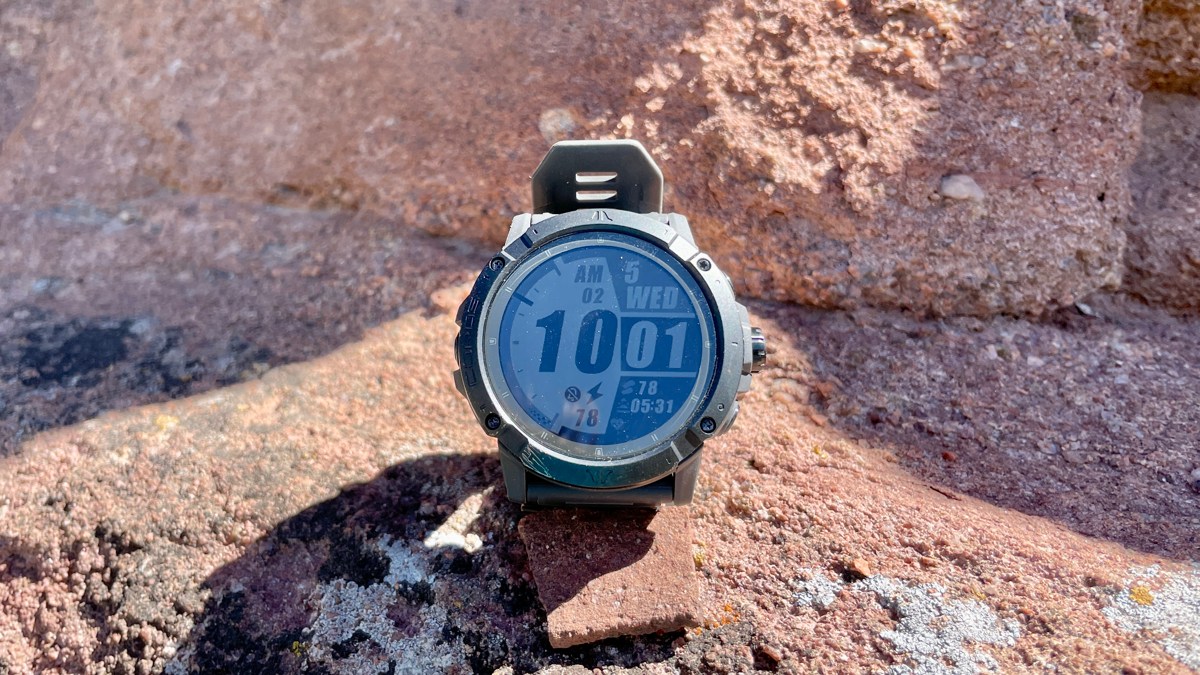
"Buying a GPS watch isn't a casual purchase. Most runners are dropping somewhere between $300 and $800 on a device they expect to last years. At that price, you're not just paying for battery life or training metrics. You're buying into a promise of reliability, toughness, and support if something goes sideways. But when things do break - and they do - the story often falls apart. Cracked screens. Busted buttons. Dead batteries. None of these issues should mean a watch is done for,"
"This isn't just frustrating - it's wasteful. As the conversation around the right to repair heats up, runners are becoming more aware of how little control we have over fixing the devices we rely on. Most GPS watch brands still hide behind proprietary components or hypothetical liability to keep repairs locked inside their own ecosystems. In many cases, a broken watch gathers dust in a drawer, and the e-waste problem grows."
GPS watches commonly cost $300–$800 and are expected to last for years, creating high expectations for reliability and support. Frequent failures include cracked screens, busted buttons, and dead batteries, which should not render a device unusable. Traditional repair channels often involve long waits, unpredictable fees, and customer-service obstacles that push buyers toward replacement. Limited repair access contributes to growing e-waste and fuels right-to-repair concerns as brands protect proprietary parts or cite liability. Coros introduced a repair program with set prices for batteries ($59–$89) and dials/buttons/screens ($79–$119) and sends a refurbished replacement once the process begins.
Read at iRunFar
Unable to calculate read time
Collection
[
|
...
]